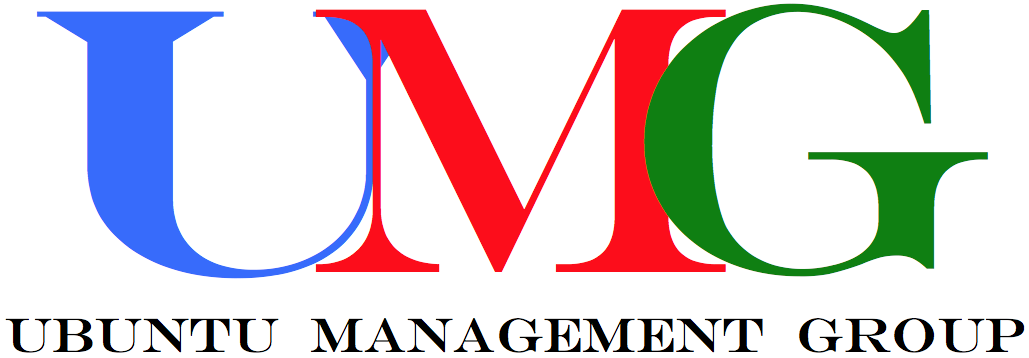WHOSE MUSIC IS IT ANYWAY? (Part 5/5)
How can legislators keep pace with technology?
March 18, 2016
|
Dominic McGonigal - C8 Associates
Consumers, musicians and the music industry are not the only ones affected by the ‘giant billboard in the sky and virtual jukebox’. Legislators have been racing to keep up and reform seems to be perpetual.
In the early days, it was all so simple. Queen Anne published her Statute in 1710, replacing the print monopoly system with a copyright for authors in their books. That was the start of copyright legislation, followed by France in 1791 (at the height of the revolution) and most of the rest of Europe in the early 19thC. By 1886, there was a realisation that an international system was needed and the Berne Convention was agreed, giving creators guaranteed rights, with reciprocal recognition in all signatory territories. Then during the 20thC, new legislation came along about every 50 years. Copyright laws were updated in the early part of the century to take account of recordings. They were updated again in the middle of the century to encompass broadcasting and film. And some were updated again as policymakers were looking at convergence and its impact.
Anticipating the effect of the internet, the World Intellectual Property Organisation ratified two treaties in 1996, the WIPO Copyright Treaty and the WIPO Performances and Phonograms Treaty. 94 countries have signed up to those treaties. Since then, the calls for reform have been all the louder.
Responding to the effects the internet has had on markets, all major territories have been actively reviewing their legislation. The EU has passed no fewer than ten Directives covering copyright in music in the past 25 years. They are Rental (1992 and 2006), Satellite and Cable (1993), Copyright Term (1993, 2006 and 2011), Information Society (2001), Enforcement (2004), Orphan Works (2012) and Collective Rights Management (2014). The USA has also been active updating legislation, starting with the Digital Millennium Copyright Act (the DMCA 1998) with its now much debated ‘safe harbour’ provisions.
Last month, a German court ruled that YouTube could use ‘safe harbour’ provisions so that it has no responsibility for any content uploaded by a user. The rightholder can only take action against each individual YouTube user.
And so the reform continues. The US Copyright Office has instigated a major reform programme and the European Commission has several copyright initiatives within the Digital Single Market. And whereas in the early days, the internet had limited impact on non-music sectors, now the effects go well beyond the creative industries to almost every sector in the market.
As a market, the internet has a powerful networking effect which has resulted in the concentration of power in a few players. What has happened to music, is beginning to happen to film, TV and publishing and the impact is spreading to other sectors too. So the concentration in market power is becoming a more significant problem for legislators to tackle. But legislators have faced those challenges before and made market rules that create a more or less level playing field.
The blog mini series Whose Music Is It, Anyway? is based on a guest lecture given byDominic McGonigal at Trinity College, Dublin in February 2016.




